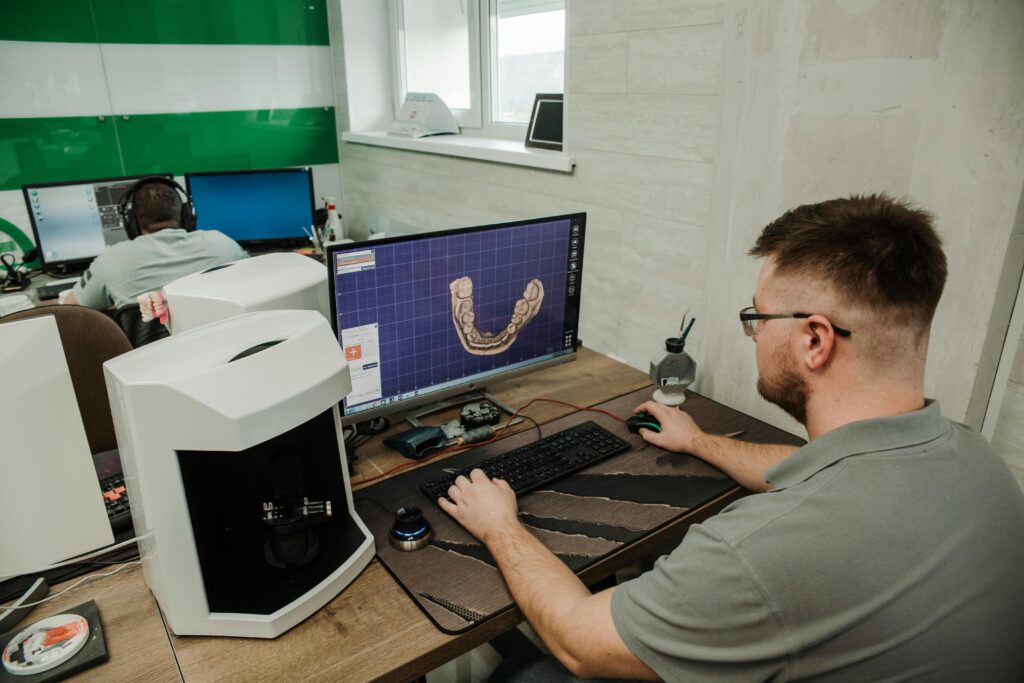
The evolution of video production has brought forth exciting advancements, with stereoscopic and 3D technologies at the forefront. These innovations enhance storytelling by adding depth and immersion, captivating audiences like never before. Whether you’re an experienced filmmaker or a newcomer, understanding the essential tools for creating 3D content is crucial. This blog delves into the key tools and techniques for successful stereoscopic and 3D video production, offering a comprehensive guide to unlocking their full potential.
Understanding Stereoscopic and 3D Video
Before delving into the tools, it’s crucial to grasp the basics of stereoscopic and 3D video. Stereoscopic video creates the illusion of depth by presenting two slightly different images to each eye, mimicking the natural process of binocular vision. This effect is typically achieved through the use of special cameras and viewing devices, such as 3D glasses.
3D video, on the other hand, encompasses a broader range of techniques and technologies, including virtual reality (VR) and augmented reality (AR), which create immersive environments. Both forms aim to enhance the viewer’s sense of presence and engagement, making the experience more lifelike and compelling.
Essential Tools for 3D Video Production
1. Stereoscopic 3D Cameras
At the heart of 3D video production are stereoscopic cameras. These cameras are equipped with two lenses spaced apart to capture two images simultaneously, which are then combined to create a 3D effect. Popular models include the Panasonic AG-3DA1 and Sony PMW-TD300, which offer professional-grade quality and features tailored for 3D production.
For those on a budget, consumer-grade options like the Fujifilm FinePix REAL 3D W3 provide a more accessible entry point into 3D filming. These cameras are excellent for learning the basics of stereoscopic capture and experimenting with 3D video production.
2. 3D Video Editing Software
Editing 3D content requires specialised software that can handle the dual streams of stereoscopic footage. Adobe Premiere Pro, with its robust support for 3D editing, is a top choice among professionals. It offers comprehensive tools for synchronising, aligning, and adjusting the stereoscopic views to ensure perfect depth and alignment.
Another powerful tool is Sony Vegas Pro, known for its user-friendly interface and strong 3D capabilities. For those looking for open-source solutions, Blender is a versatile option that supports 3D video editing alongside its renowned 3D modelling and animation features.
3. 3D Monitors and Projectors
To accurately edit and view 3D content, having a 3D-capable monitor or projector is essential. These devices allow you to see the depth and alignment of your 3D footage in real-time, ensuring the final product meets your vision. Brands like ASUS and Acer offer high-quality 3D monitors, while projectors from Epson and Optoma provide immersive viewing experiences for larger audiences.
4. 3D Glasses
3D glasses are indispensable for viewing stereoscopic content. Depending on the technology used, you may need passive or active 3D glasses. Passive glasses are lightweight and inexpensive, often used in conjunction with polarised 3D screens. Active shutter glasses, while more costly, provide superior image quality and are typically used with high-end 3D TVs and monitors.
5. VR and AR Headsets
For 3D content that involves VR or AR, headsets like the Oculus Rift, HTC Vive, and Microsoft HoloLens are crucial. These devices offer immersive experiences by tracking head movements and rendering 3D environments in real-time. They are particularly useful for interactive 3D applications, simulations, and gaming.
Techniques for Effective 3D Video Production
1. Planning Your Shots
Effective 3D video production begins with meticulous planning. Consider the depth and spatial relationships in each scene. Storyboarding can help visualise how elements will appear in 3D space. Pay attention to the distance between objects and the camera, as this affects the perceived depth.
2. Synchronisation and Alignment
Synchronising the two camera views and ensuring they are perfectly aligned is crucial for a seamless 3D effect. Discrepancies can cause viewer discomfort and ruin the immersive experience. Use editing software to fine-tune alignment and correct any parallax issues.
3. Depth Budgeting
Manage the depth budget carefully to avoid overstretching the 3D effect. Excessive depth can cause strain, while too little can make the 3D effect unnoticeable. Balance is key, and tools within editing software can help adjust the convergence points to achieve the desired depth.
4. Lighting and Composition
Lighting in 3D video production requires special consideration. Ensure consistent lighting across both lenses to avoid mismatched images. Composition should emphasise depth, with foreground, midground, and background elements arranged to enhance the 3D effect.
5. Post-Production Adjustments
Post-production is where the magic of 3D video comes together. Use software to adjust the depth, fix alignment issues, and add effects that enhance the 3D experience. Colour correction and grading are also essential to ensure a polished final product.
Conclusion
Unlocking the full potential of 3D video production involves mastering a variety of tools and techniques. From choosing the right cameras and editing software to understanding the nuances of depth and alignment, each element plays a crucial role in creating captivating 3D content. By embracing these tools and honing your skills, you can transport audiences into new dimensions of visual storytelling.








